India to remove cash withdrawal limits
Central bank partially lifted limits for certain accounts earlier this month
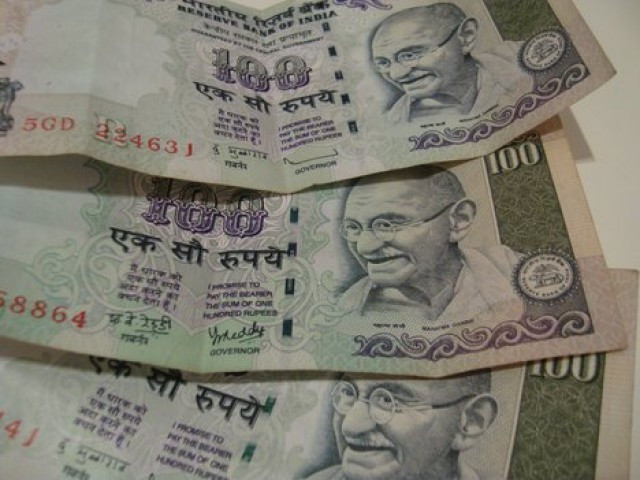
Central bank partially lifted limits for certain accounts earlier this month PHOTO: FILE
The Reserve Bank of India capped cash withdrawals after Prime Minister Narendra Modi's shocking decision in November to take all 500 ($7.40) and 1,000 rupee notes out of circulation – 86% of the currency in the cash-reliant nation.
The ensuing cash crunch saw long queues outside banks and ATMs, which ran dry within hours and left many, especially in rural areas, without food or daily essentials.
India's PM Modi defends cash ban, announces incentives
The central bank partially lifted limits for certain accounts earlier this month, but not for customers holding the more widely used savings accounts.
In a statement Wednesday, the bank said withdrawal limits would be nearly doubled from 24,000 rupees to 50,000 from February 20 before “the complete cap be removed on March 13, and there will be no limits to cash withdrawals”.
State Bank governor terms India's cash clampdown ‘extreme measure’
The bank also said it was leaving interest rates unchanged at 6.25% for the second time since November's so-called “demonetisation”.
The bank has been under pressure to cut rates to stimulate the economy amid fears the cash ban had slowed growth.
The benchmark repo rate – the level at which it lends to commercial banks – would remain steady, the bank also announced, after it was cut to 6.25% in October.

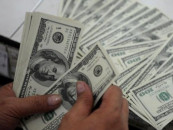
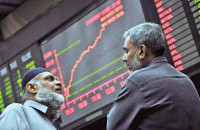


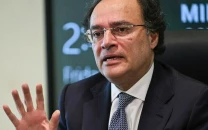





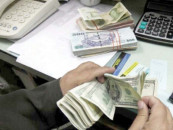







COMMENTS
Comments are moderated and generally will be posted if they are on-topic and not abusive.
For more information, please see our Comments FAQ